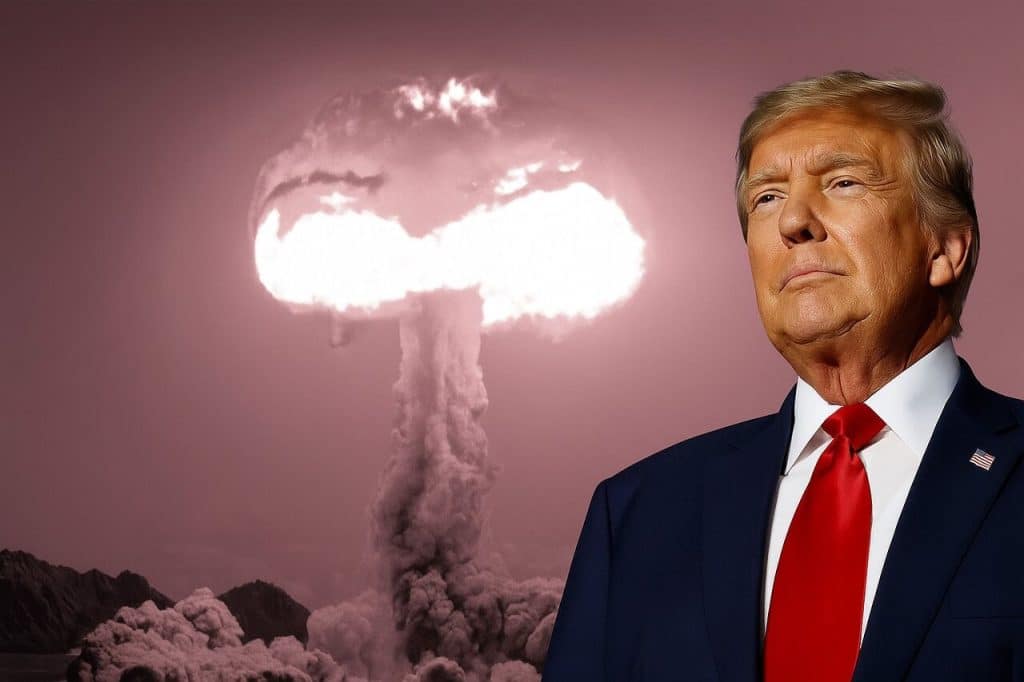Is Trump initiating a nuclear arms race?
Donald Trump’s recent announcement that the United States will resume nuclear testing is one of the most significant policy shifts in global security since the end of the Cold War. The United States has not conducted a full-scale nuclear explosion since 1992. More than three decades of testing suspensions have slowed the pace of the nuclear arms race, reduced environmental concerns, and fostered multilateral arms control agreements.
According to the Modern Diplomacy news and analysis website, Trump announced in a brief statement before meeting with the Chinese president that the Pentagon would begin nuclear testing “on an equal footing” with Russia and China. He called the move necessary to keep pace with Russia’s new missile displays and what he called China’s expanded and impenetrable nuclear activities.
Despite opposition and various endorsements from American figures, the decision shows that Trump believes that the burden of limiting testing should now fall on the shoulders of the other two nuclear powers. Both sides acknowledge that the consequences of this decision could be far-reaching and long-lasting. Critics warn that the resumption of testing could destroy decades of progress in the field of nuclear non-proliferation and trigger a new global nuclear race.
The European media institution, with a passing reference to the history of nuclear testing, noted that it was only after the end of the Cold War, in the 1990s, that a global consensus was formed to end all testing and the Comprehensive Nuclear-Test-Ban Treaty (CTBT) was created.
The analysis considered the aforementioned treaty to be the cornerstone of global containment, which was adopted by the United Nations in 1996 and prohibits all types of nuclear explosions – underground, underwater, and in space. To date, 187 countries have signed the treaty, and 185 have ratified it. However, the treaty has not yet entered into force, as key players – the US, China, Israel, Egypt, India, Pakista,n and North Korea – have not ratified it.
Nevertheless, the CTBT has established important norms. The International Monitoring System (IMS), with 337 stations, records even the smallest explosions and has identified all of North Korea’s tests. The treaty aims to reduce nuclear weapons capabilities, prevent the emergence of new nuclear powers and reduce the usability of nuclear weapons. In other words, the CTBT has helped to curb nuclear activities over the past three decades.
According to the report, the main risk of resuming US testing is not limited to the tests themselves; it is the reaction of other countries. If the US violates the limits, Russia and China will also increase new tests or the development of their weapons. Other nuclear powers, especially India and Pakistan, may also feel compelled to conduct their own tests. This scenario embodies the long-standing nightmare of nonproliferation experts: “global nuclear competition in the 21st century.”
In this context, South Asia is home to two nuclear adversaries whose relations are based on distrust, border disputes, and historical tensions. The resumption of US testing could provoke India to restart the testing cycle, and Pakistan to respond to maintain the strategic balance.

